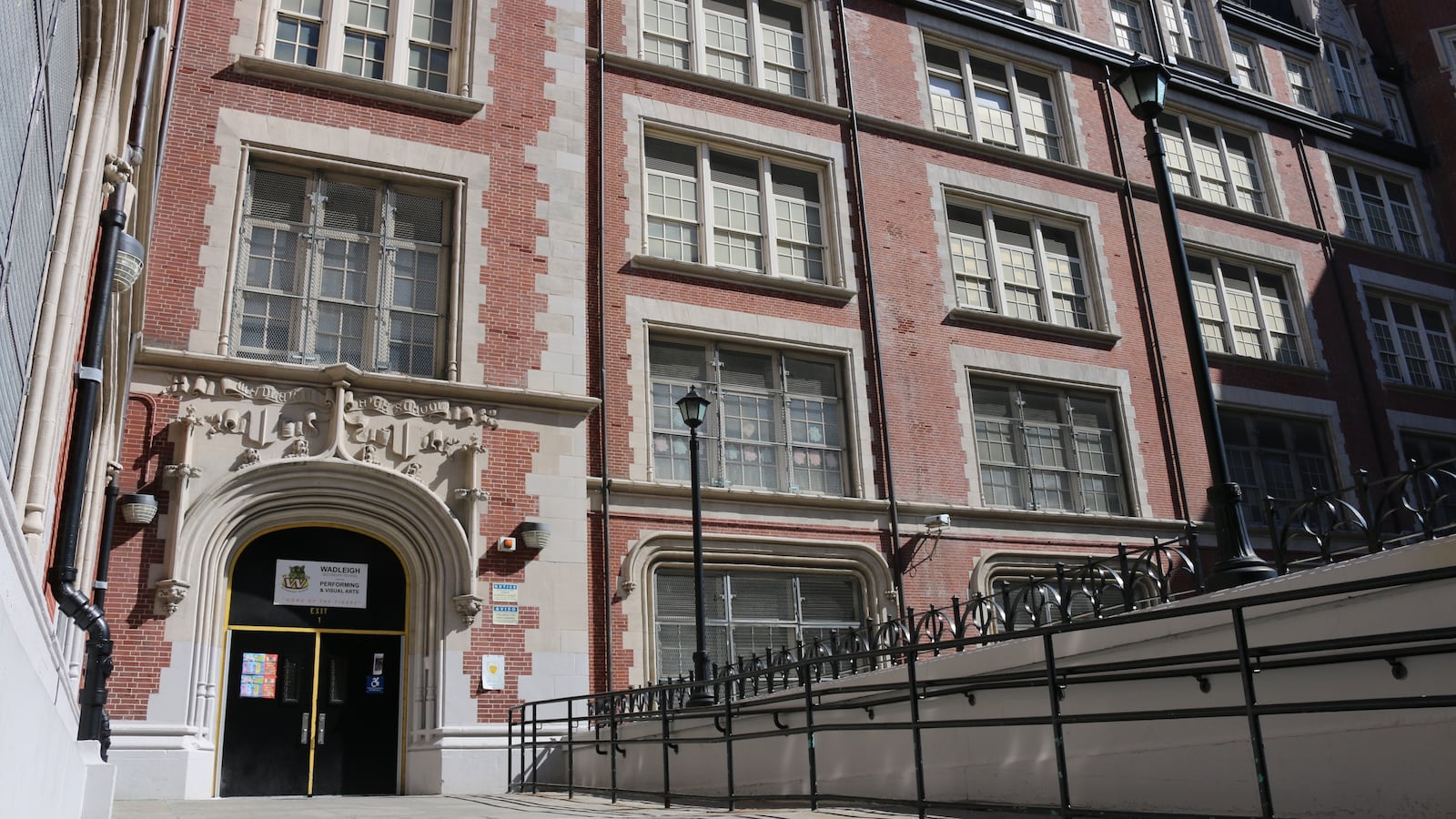Manhattan middle schools in District 3 showed modest progress towards serving a more academically and economically diverse range of students this year, according to preliminary enrollment data released this week.
Spanning the Upper West Side and part of Harlem, District 3 was at the center of a fiercely contested push last fall to integrate schools, which are largely divided by race, class, and students’ academic performance.
The new policy called for a less ambitious shift than the high-profile plan recently implemented in Brooklyn’s District 15, and the results appeared less dramatic as well. District 3 opted to give priority for a quarter of its seats to students who come from low-income families, struggle on state tests, and earn low report card grades. Since race and class are tightly linked to academic outcomes, the hope was that these changes would result in more diverse schools. When it was first unveiled, District 3’s plan was vigorously protested by some parents who feared their children would be elbowed out of the schools many white, affluent families seek out.
The preliminary enrollment data showed that 11 out of 16 participating middle schools moved closer to the 25% target outlined by the district’s diversity plan.
“Maybe this is really gaining traction, and people see the sky is not falling,” said Kristen Berger, a member of District 3’s Community Education Council, the parent-volunteer body that oversees local admissions policies.
“I do have faith that we’re moving in the right direction,” she added. “I’m heartened by what I hear on the ground. There seems to be organic movement of parents in the district looking at different schools.”
Certain demographics at some of the most coveted schools barely budged. Booker T. Washington enrolled 18% of students identified as lower-performing students from low-income families (who would qualify for free- or reduced-price lunch, or FRL), up from 9% the year before. But that still fell short of the 25% of seats that were set aside for this priority group. In terms of racial demographics at that school, 28% of this year’s sixth graders were black and Hispanic, up six percentage points from the prior year. But the percentage of white students at the school remained essentially unchanged, with white students making up 52% of the incoming sixth grade, compared to 55% the year before.
Schools that have served mostly struggling students saw few changes, with some seeing significant increases in the percentages of higher-needs students they serve. Wadleigh Secondary Prep, for example, saw its enrollment of priority group students jump to 61%, from 56%, year-over-year. Frederick Douglass Academy II Secondary School saw the percentage of low-performing, low-income students jump to 44%, from 32%.
Meanwhile, the Computer School and Mott Hall II enrolled fewer struggling students in a year-over-year comparison. At the Computer School, where white student enrollment climbed to 50%, from 42%, the percentage of students in the priority group remained fairly stable at 19%. At Mott Hall, where the percentage of white students climbed to 34% from 16%, the number of students in the priority group dipped three percentage points to 34%.
Despite threats of an exodus of white families from the district, the number of students who enrolled this year did not dip dramatically from last year, with 1,270 students entering sixth grade in September versus 1,332 starting at the 16 middle schools in the district the year before. In fact, white students comprised 32% of enrolled students this year, compared to last year’s 30%.
Berger said the district still has to work not only on making parents aware of options, but also on focusing on what’s going on inside schools when it comes to educational quality.
“I do believe every school should be a school you want your student to go to. We want schools to be academically rigorous, to be emotionally supportive,” Berger said. “[It’s] also about marketing and communication to make sure parents know about them all.”
New York City School Chancellor Richard Carranza had waded into the District 3 admissions policy controversy when he tweeted a video, captured by NY1, that showed a mom saying the plan would tell kids “life sucks!” The headline, which he did not write, said, “Wealthy white Manhattan parents angrily rant against plan to bring more black kids to their schools.”
New York City schools are among the most segregated in the country, though local communities beyond District 3 are starting to address that.
“The District 3 Diversity Plan was developed from the ground up and the community’s thoughtful recommendations have been critical to the success of this plan,” said education department spokesperson Kathleen O’Hanlon. “We are supportive of their community-driven plan and are continuing to work with District 3 to identify areas where we can collaborate in an effort to better integrate their schools.”
The District 3 plan has been overshadowed by that of District 15, which took more dramatic steps towards middle school integration by removing all screens.
Another five districts across the city are now working on their own integration plans, and the city council recently passed a bill requiring all districts to do the same.

This article tackles a topic raised during our 2019 Listening Tour. Read more about the Listening Tour here, and see more articles inspired by community input here.


